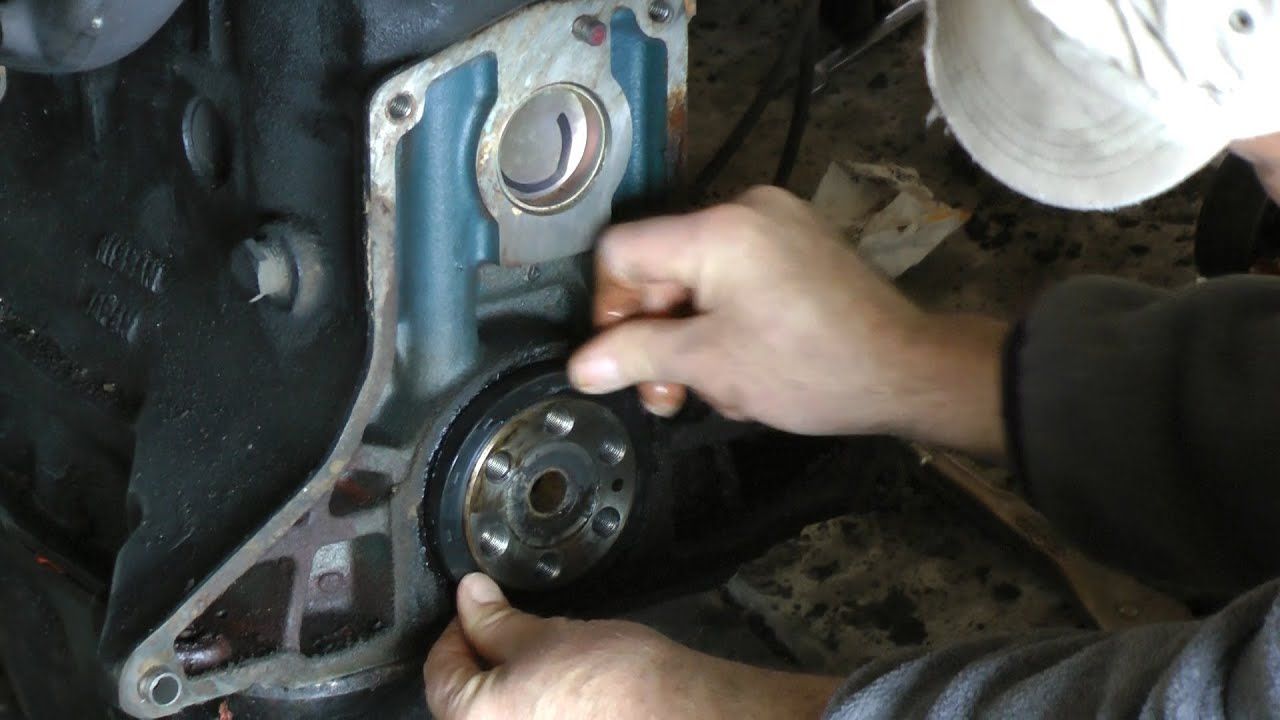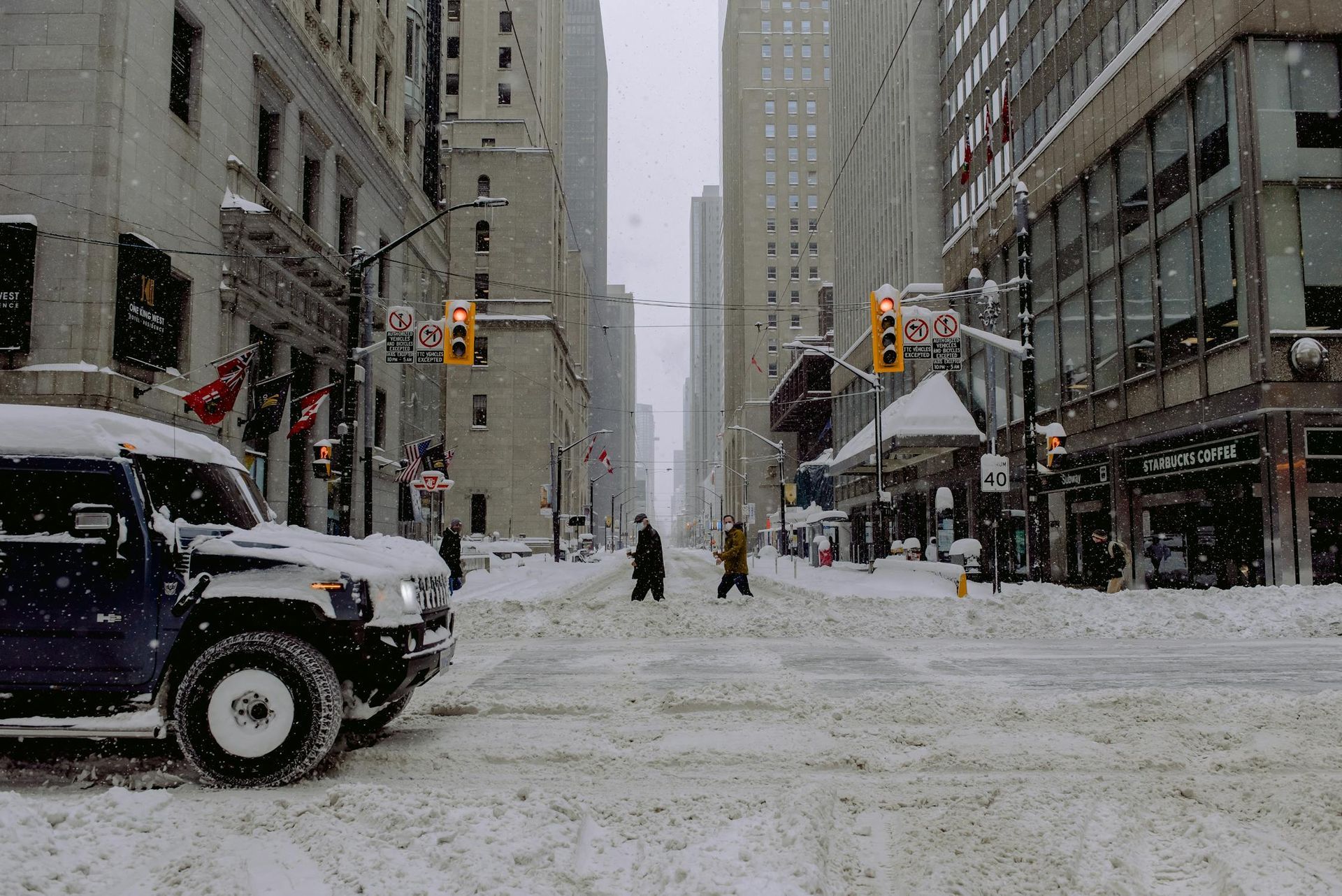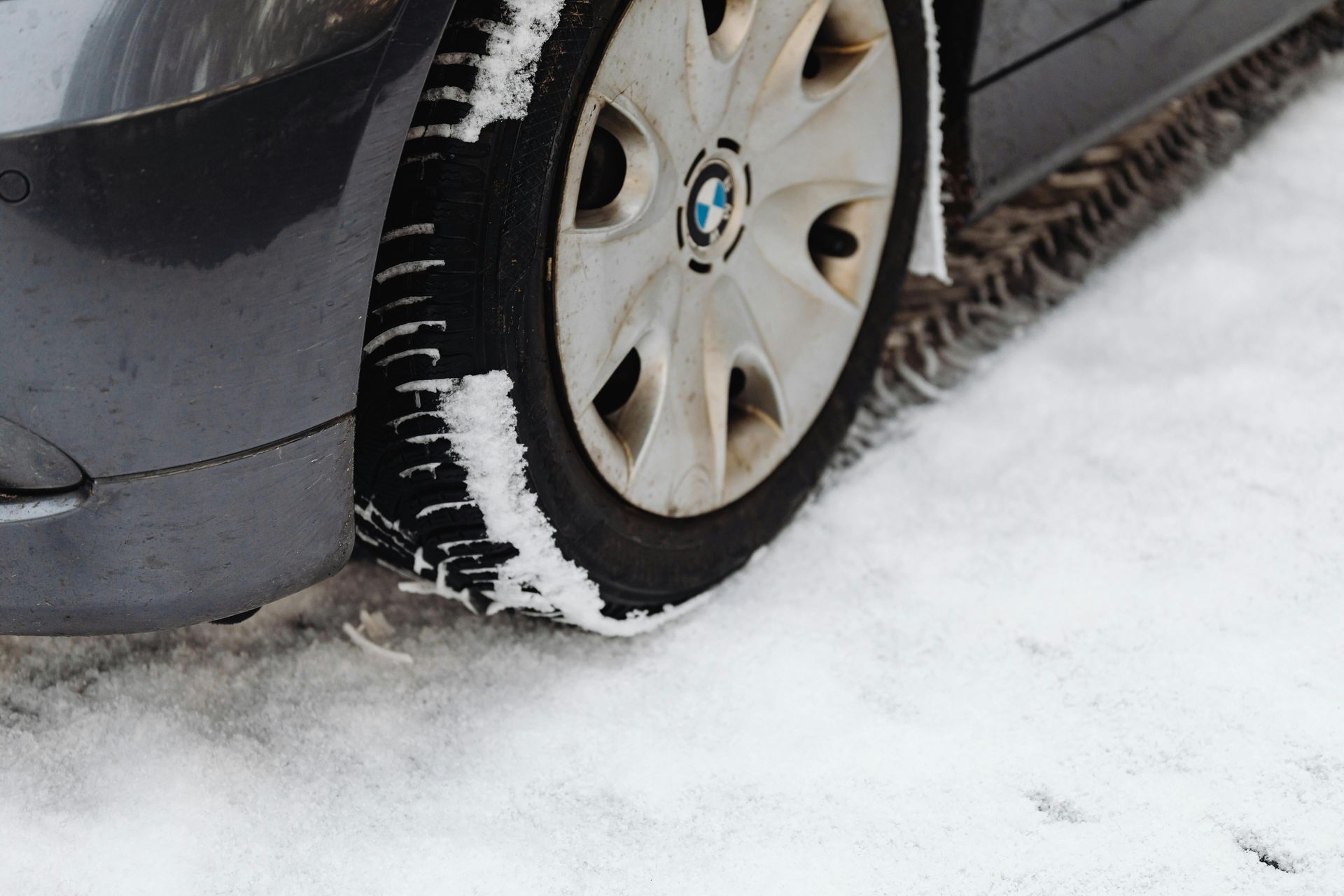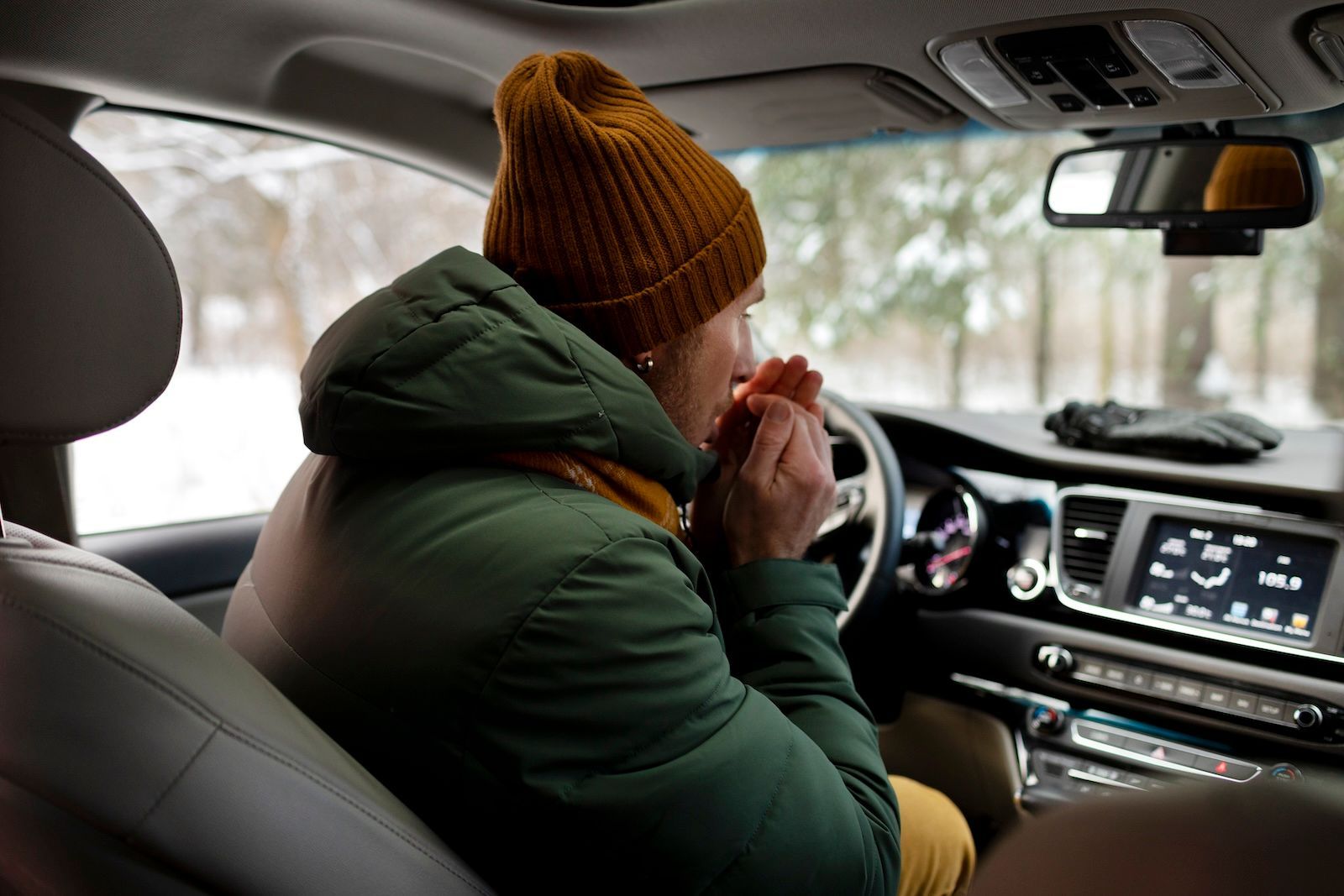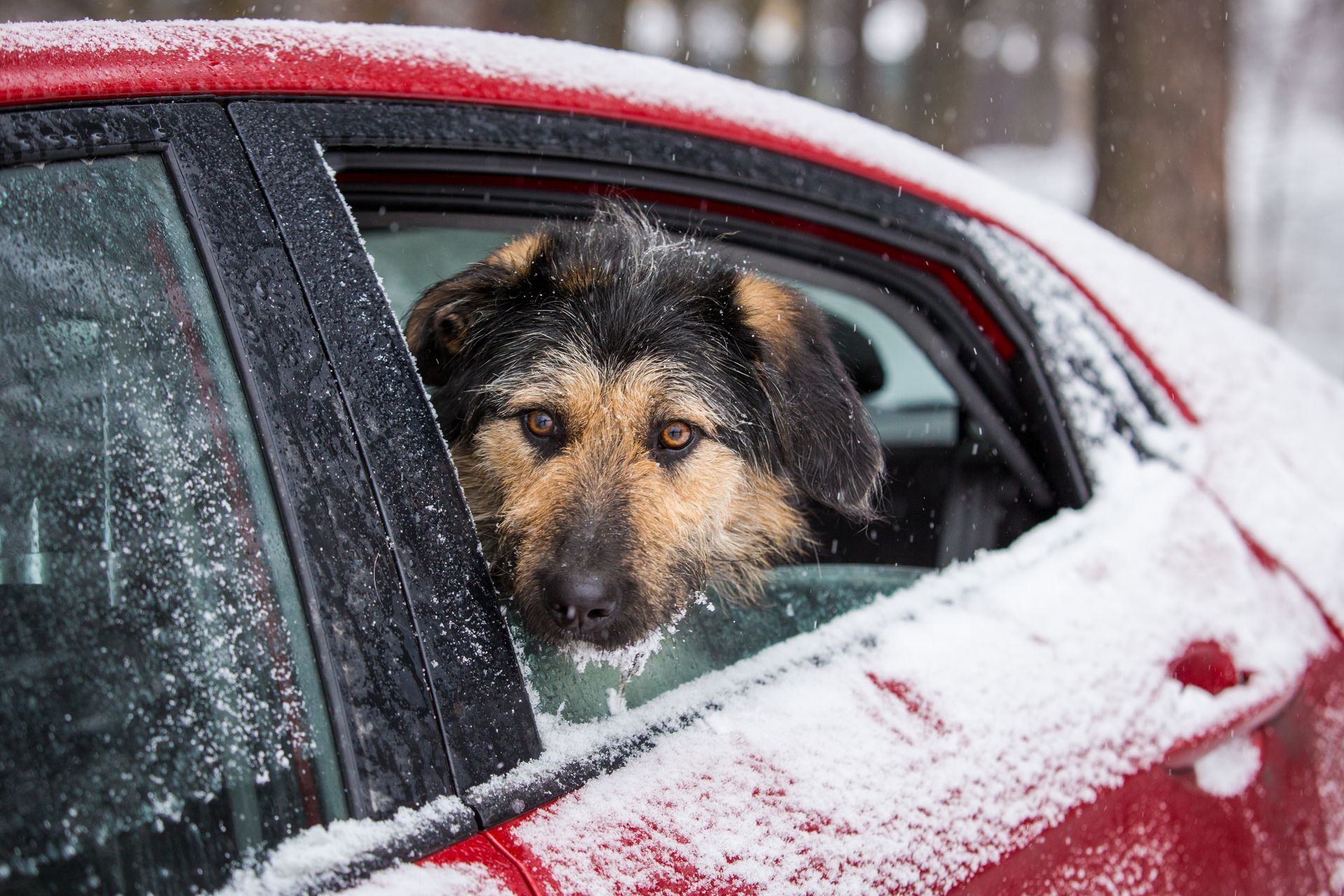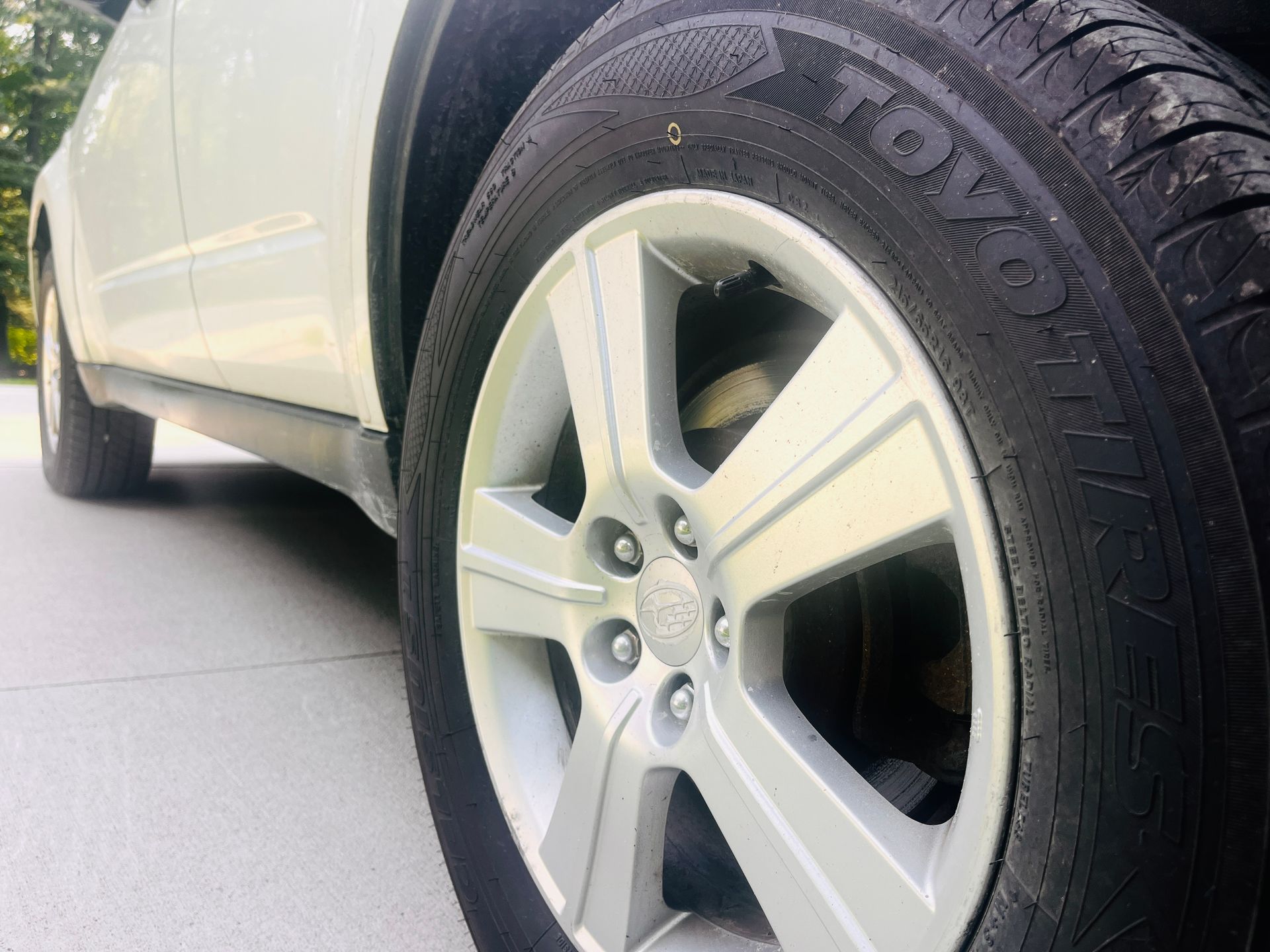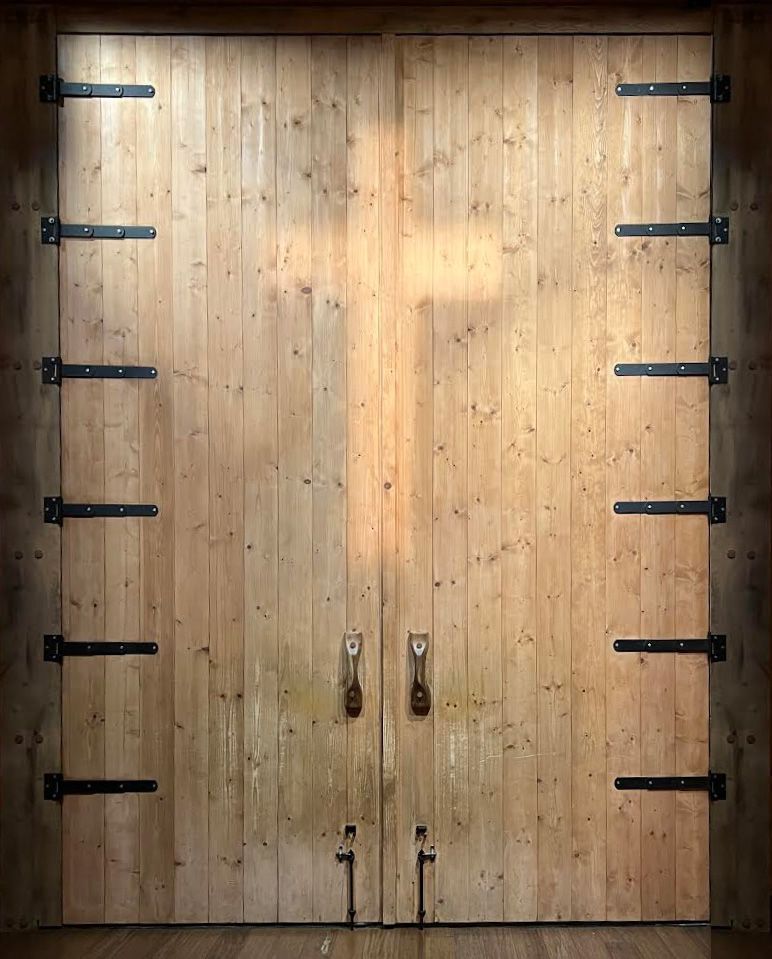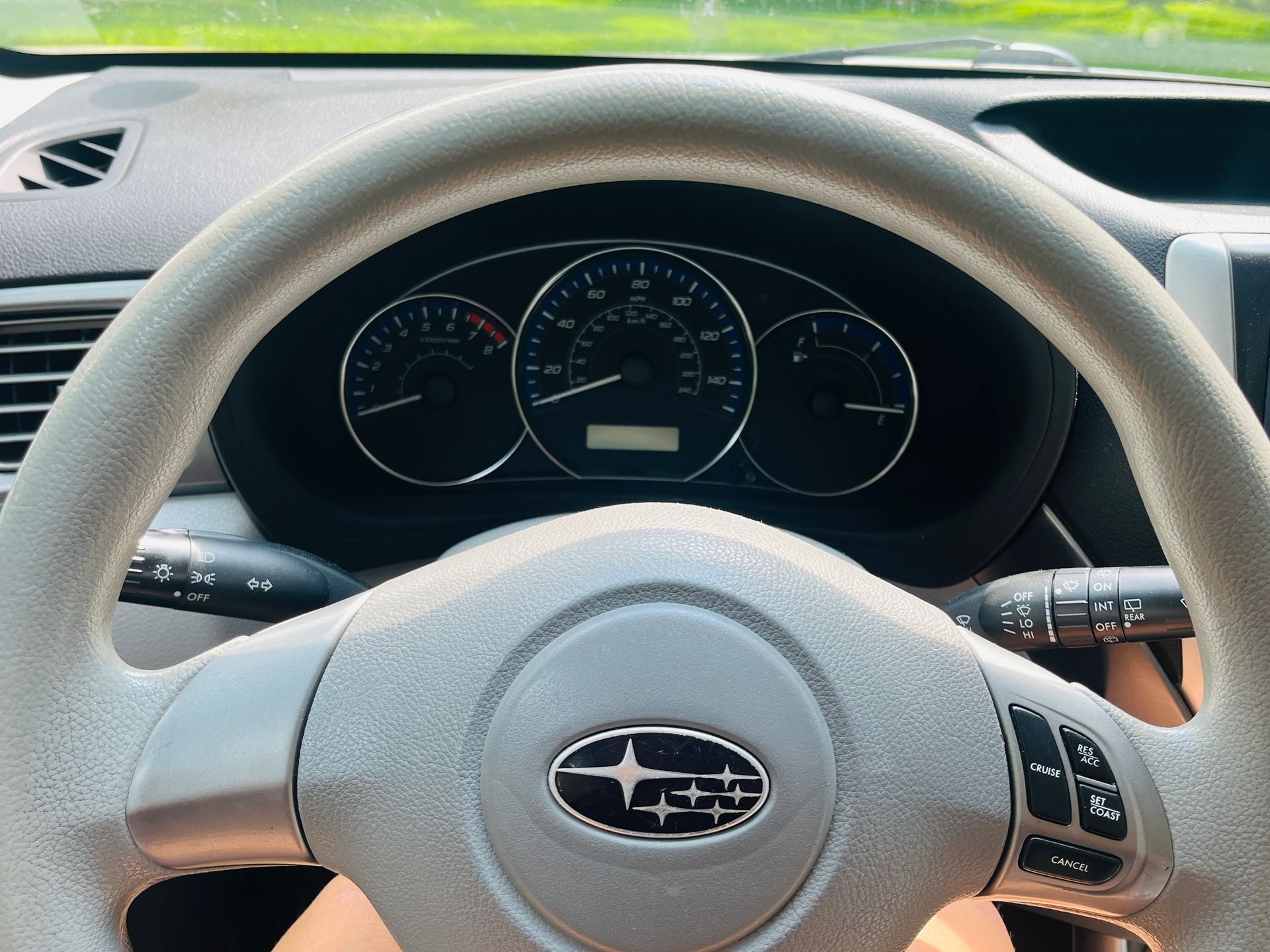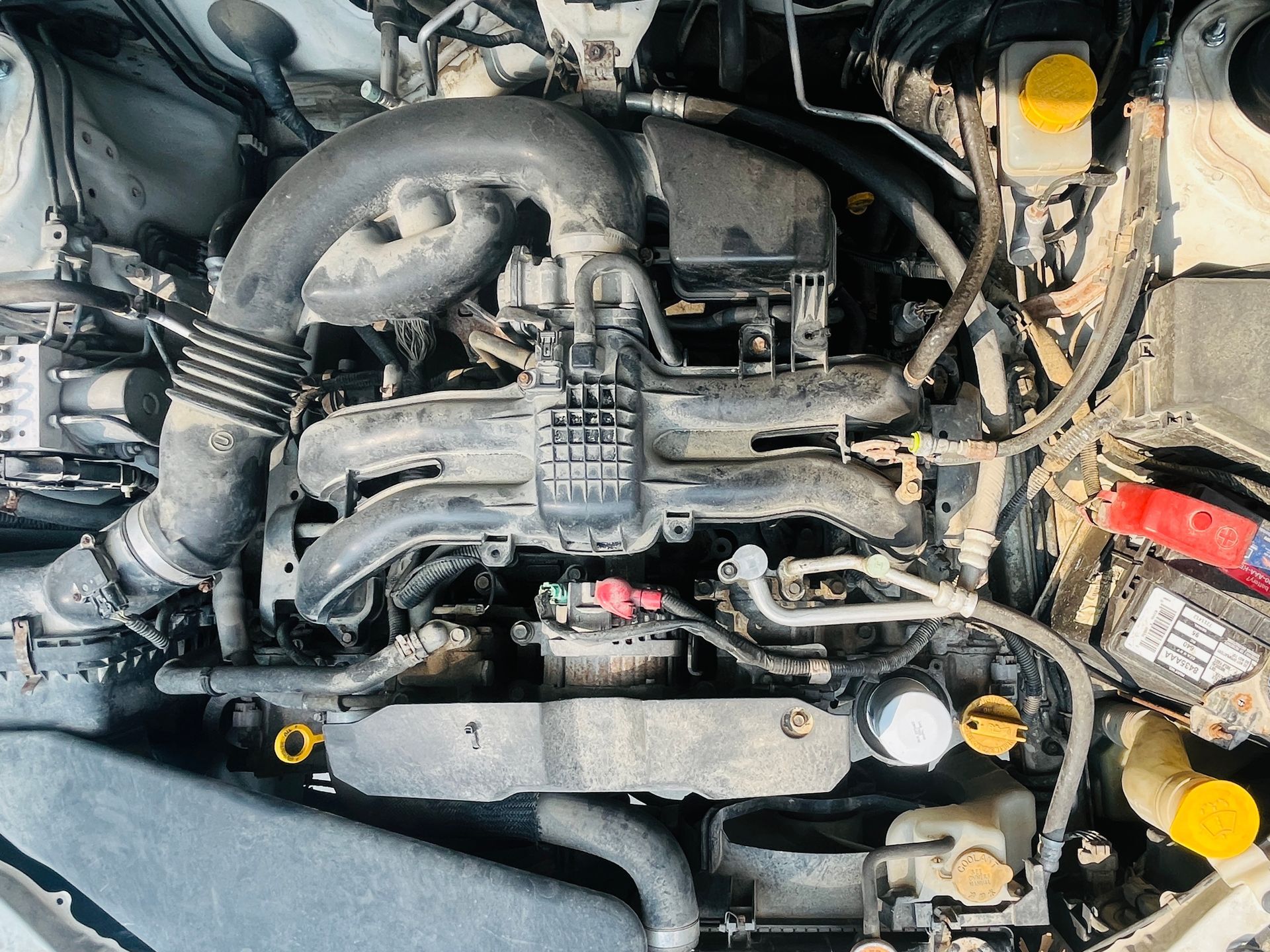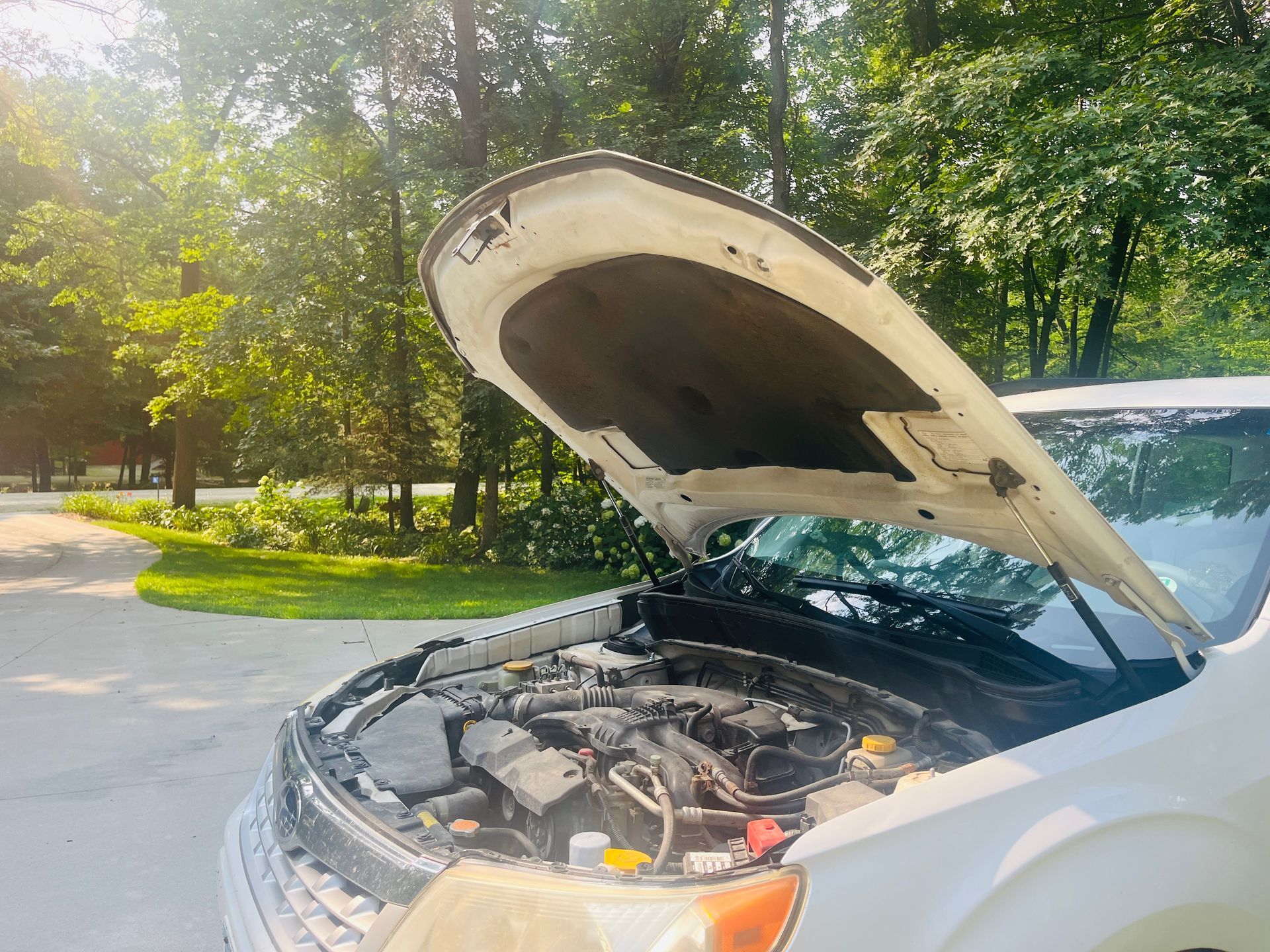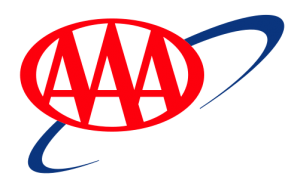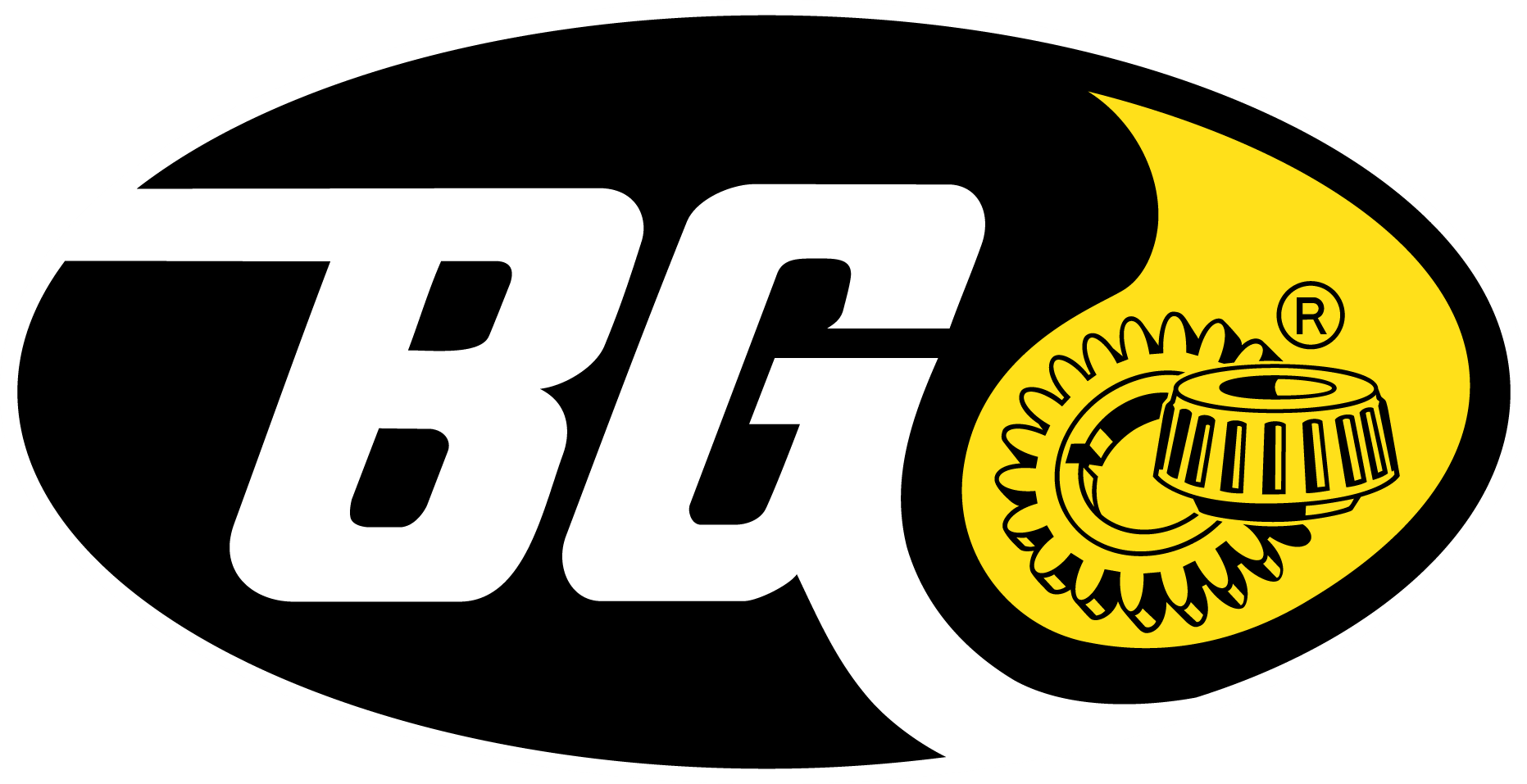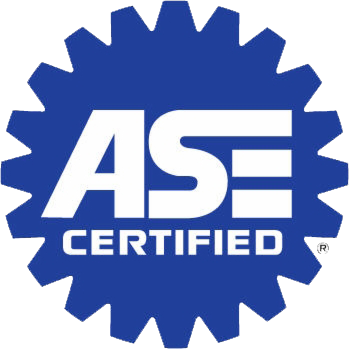Taking a break for your brakes
May 1, 2014
Do you enjoy yard work and spring cleanup? This is one of my favorite times of year when I uncase my chainsaw, don my protective gear and head to the trees to cut up the fallen ones from the previous year. A couple weeks ago, as I was sawing away, my chainsaw slipped and came in contact with my chaps. Instantly, it stopped due to the seizing material inside of the chaps - and boy, was I grateful! My chaps served as my chainsaw brakes - without them, my safety would be greatly diminished. My chaps to my legs are similar to what brakes are to your car. Some people ignore the signs of problems until it's too late, putting the safety of themselves and others at risk.
I have addressed brakes before - at least partially, but based on safety, repetition is sometimes key to driving an important topic home. Do you look at brakes as a safety issue? Or do you think brakes are just another expense that can be ignored, until they get so bad that they feel unsafe? Not having your brakes checked as part of routine maintenance, or at the very least, when the first problem signs appear, cannot only lead to a more expensive repair, but also very unsafe driving, especially during inclement weather.
The science
Brakes have several components that work together to produce one result - stopping your vehicle. To bring your heavy vehicle to a halt, three things are needed: leverage, hydraulic force and friction.
Leverage: When you depress the brake pedal with your foot, leverage results. Since we are not the Flintstones, so much more is needed to stop the vehicle.
Hydraulic force: The pedal is connected by levers and rods to the back of the power booster. The power booster uses the engine vacuum or a hydraulic pump to multiply the force of leverage and transfer it to the master cylinder.
Friction: The master cylinder is to the brake system as the heart is to your body. Its job is to use applied leverage to force brake fluid through valves, steel lines and rubber hoses into hydraulic calipers and wheel cylinders. The hydraulic pressure is then used to create the friction needed to stop your vehicle.
Disc vs Drum
I have spoken of the difference between disc and drum brakes, their components and what can go wrong with them in a previous article. But in this application, consider these differences: Disc brakes use a hydraulic caliper fitted with brake pads to grab a spinning disc (or rotor). Drum brakes, in comparison, have a hydraulic wheel cylinder that pushes a brake shoe against the inside of a spinning drum. Do you know which of these or combination of these your vehicle has? Do you have your brakes inspected at regular intervals? Do you understand the importance of making sure the components of both of these types of brakes are working properly?
ABS
Most vehicles made today have an electronic Anti-lock Brake System. Under certain conditions, your ABS system can measure speed, wheel slip and brake force. It does this by using electronic sensors and high pressure pumps. The system is so high-tech that it can actually "pumps the brakes" for you during an emergency stop. Have you ever had problems with your ABS? Did you know that if your ABS light is illuminated on your dash, your ABS system is disabled? Things might feel fine, but there is a problem and you need to have it addressed.
Brake fluid
Brake fluid is one of the most neglected fluids, yet it's extremely important. Brake fluid attracts and absorbs moisture. This causes corrosion and deterioration of vital components within the system. How often do you have yours checked and/or flushed?
Brake lights
I've never seriously considered the importance of brake lights until a recent business trip to Puerto Rico. On our last day there, we rented a car and relied on GPS to get us to Old San Juan, which was 45 minutes from our hotel.
Our day of leisure became a nail-biting adventure. As we were traveling at highway speeds, out of nowhere a vehicle would swerve in front of us without using a signal. Then, because they were going faster than the traffic in front of them, they would slam on their brakes. All of this was happening without warning lights. Can you see the problem? And the safety issue? Are your brake lights functioning properly?
Brakes break
The length of time it takes for your braking components to wear out depends on many factors, including driving habits. Therefore, it's important to get quality brake inspections as part of your regular maintenance and have your lights and fluid checked regularly. Even if you do these things, it's a good idea to engage your senses for signs of problems.
Listen:
*Do you hear a squeal? Brake pad manufacturers put a little piece of metal called and "indicator" on the pad so that when it wears down to a quarter of an inch or less it squeals.
*Do you hear a grinding noise? It could mean the metal on the pad base is exposed and is grinding against the rotor.
Feel:
*Do you feel a shaking or vibration in the steering wheel when you apply the brakes? It could be caused by misalignment between the pad and rotor. Or it could mean the rotor is damaged in some way.
*Does the pedal go all the way to the floor when you apply the brakes? If so, your braking system needs to be inspected immediately!
*Do you feel a "brake pull," meaning the car is actually pulling to the left or right when braking? It could be a misaligned caliper or collapsed brake hose and it needs to be inspected.
Smell:
*Do you smell a bad metallic-like smell when braking? You'll want to have it inspected.
If I had decided not to wear protective gear when my chainsaw needed help stopping, it would have affected me in a big way. But maintaining and repairing your braking system is even more serious as it can affect many others besides just yourself. So be sure you take a break for brakes this spring!

